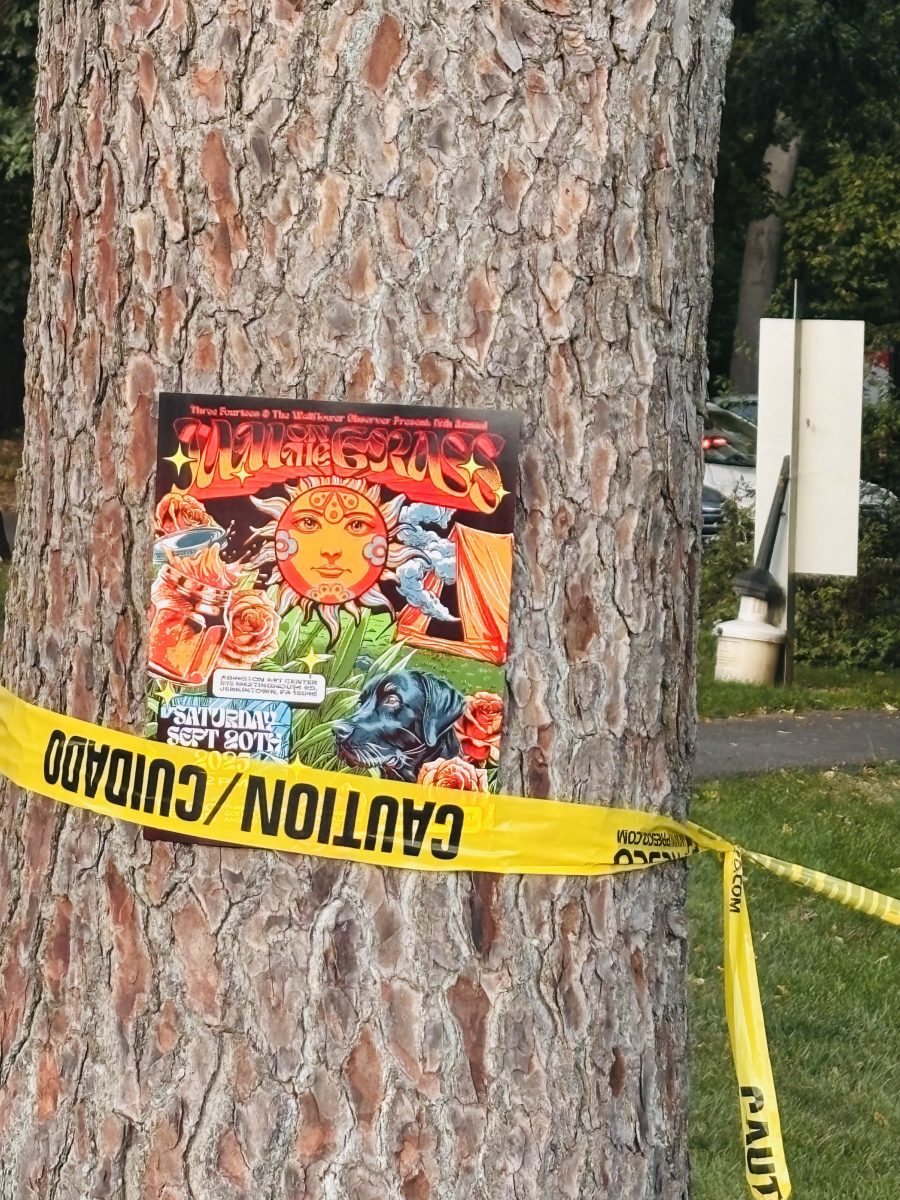by Erinn Fortson
Music has been a therapeutic remedy for heartache since forever ago; especially for those who create it. Artists just seem to have this innate ability to use their ups and downs as a muse, transforming life into song. So naturally, her search for solace pushed Andria Degens in the same direction, which helped her turn a difficult period into something beautiful.
Better known by her Phillip Pullman inspired name, Pantaleimon, Degens has always been capable of absorbing her surroundings. She describes herself as sponge, soaking up every bit of the world and putting her observation to good use. Allowing herself to be totally exposed is what led to The Butterfly Ate the Pearl, Degens’ fifth studio album.
“[The record] covers a vast range of where I kind of wanted to be and where I’d come from,” Degens explains. “And even know the lyrics relate to different terrains in the manifest world, they’re also to do with the emotional terrains that everybody goes through. And that’s kind of what I ended up conveying with [The Butterfly Ate the Pearl].”
She continues, “I never write an album, thinking I’m going to write [a certain] kind of album; it never works like that. I just open myself up completely and just let things come to me. It’s just like emptying out to receive. And that’s kind of what I do.”
Initially, beginning the early stages of production on her own, Degens composed the bare bones of The Butterfly Ate the Pearl in a small, rented house and used the time for some one-on-one soul searching. She thrives in solitude; so, being alone with her thoughts was something that helped Degens’ creative process. Eventually, friends in the form of Jack Blacksaw and other fellow musicians traveled to Degens to offer their support in the studio. Little by little, as tracks were recorded, Degens sent material to Hugo Race (Nick Cave & the Bad Seeds), who was coproducing the project.
“It grew in a sort of organic way and I was just in awe of everyone that was wanting to be apart of [the album],” says Degens. “The momentum just slowly kept going and going. People just wanted to be part of the project and I was thinking I’m on to something here. So, I kept going with it.”
“It’s just very different from [my] other albums, for the most part because I recorded it myself, at home, in my own time. When you go into studios, you’re always aware of the clock ticking and you got to get everything done in a certain period of time, whereas I could just go down in my basement [to record].”
Taking the DIY route with The Butterfly Ate the Pearl was incredibly empowering for Degens. She needed room to breathe and the freedom to create without the pressure of someone standing over her shoulder. And help was made available to Degens when she wanted it through a network of supporters who were just as excited about the new project as she was. Moving into that cottage was Degens’ saving grace and she left there with some of her best work.
“I felt that there was no one and nothing stopping me from expressing fully what I wanted to convey [with the album],” says Degens. “And I could go wherever I wanted to in my mind and my heart and just really feel everything. There was no one going, oh no, don’t want any drums. I could completely enter into a world of my own. And that’s what I did.”
Throughout her career, it’ s been evident that Degens thinks outside the box. It’s almost as if she sees things differently than the rest of us, using music to capture her perceptions. It all relates to Degens’ fascination with life and her want to discover the unknown. She’s had an interest in the world around her ever since childhood. Moving from place to place as a girl with her family, Degens quickly learned to adapt in new and unfamiliar settings, embracing each change with a venturous curiosity. That same trait is reflected in her music, with Degens constantly seeking inspiration from all types of different environments. In doing that, Degens often constructs metaphoric realms within her songs that encourage exploration. It’s easy to get utterly lost in a Pantaleimon track and sometimes the adventure is in finding your way out.
“I think there are worlds that are within us as well,” says Degens. “I think the outward terrain reflects the inward terrain; the deep dark valleys, the sky, and the ocean. Everything is a reflection of us. With [The Butterfly Ate the Pearl] I kind of used the symbolism of the manifest world to describe the internal world. I meditate a lot and that seems to accentuate and accelerate the visions and feelings that come to me and that I express.”
She plays with that theme a lot on her recent record, connecting the physical with the spiritual. That’s what makes The Butterfly Ate the Pearl so dreamlike; it blurs the line between fantasy and reality. Even the sounds of the album have the ability to capture a feeling of tranquility and cognitive motion. That’s another way Degens has managed to be innovative in her work. Often times, she takes the more natural approach and is influenced by the everyday clings and clatter that occur outside the four walls of a studio.
“I think we’re in a culture of making noise, so nobody listens anymore,” laughs Degens. “And there are a lot of sounds that are almost [inaudible]. We went into this cave the other day called the Crystal Cave, [in] Sequoia National Park. It’s really deep; we went 200 meters down, underground. We had flashlights and all switched them off and the sound of silence was deafening. It was just amazing. It was almost cleansing for the ears. Then we were looking in the darkness and when we came out, it was like we received a bath for the eyes and a bath for the ears.”
“I don’t really get [to experience] that so much. It’s [about] listening to the sounds around us but also that sound of deafening silence. I think there’s sort of an innate primal fear of nothing going on. If someone had a microphone out in space and listened to the amount of noise we make, I think we’d be quite surprised how many decibels that would be.”








